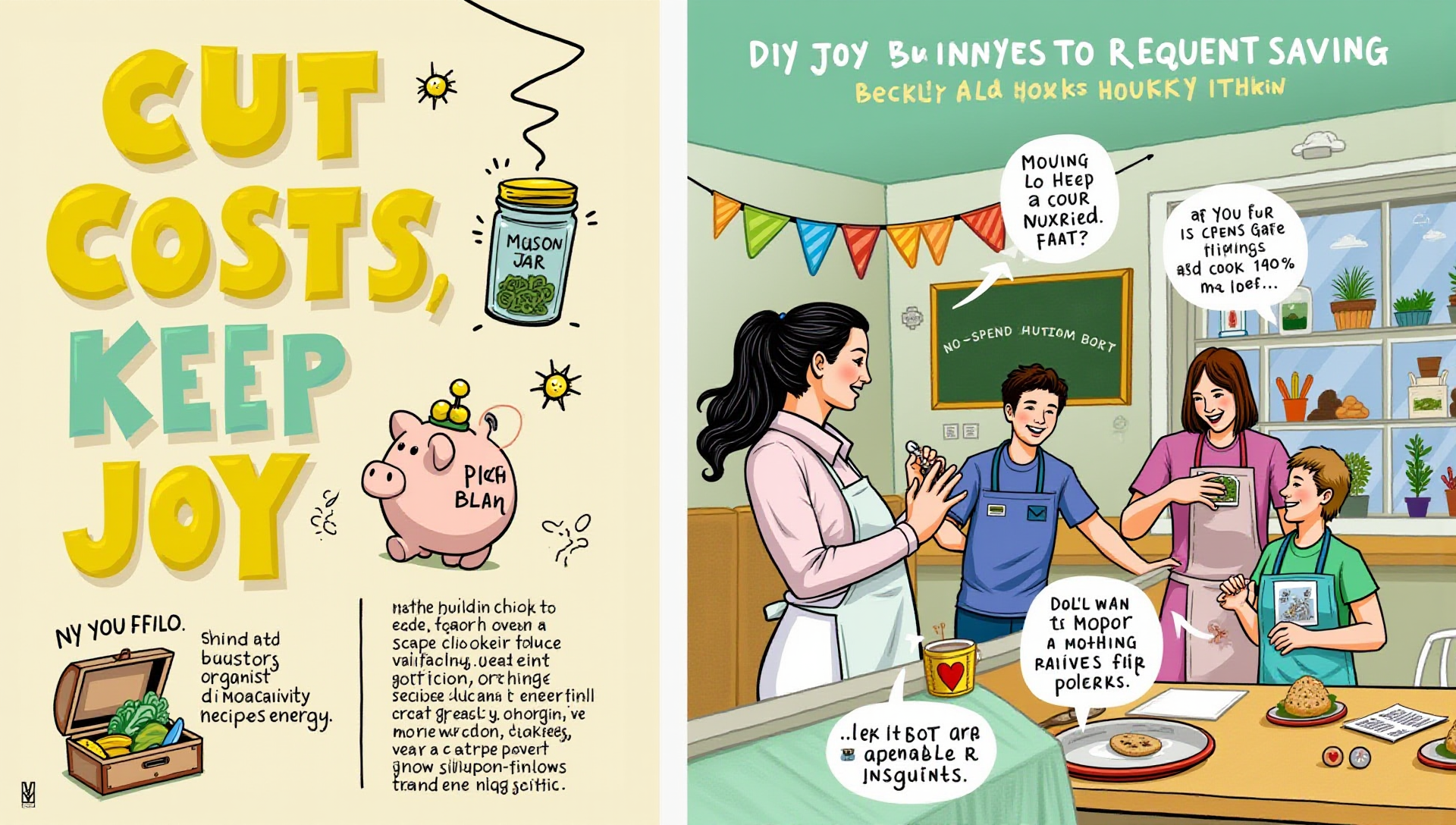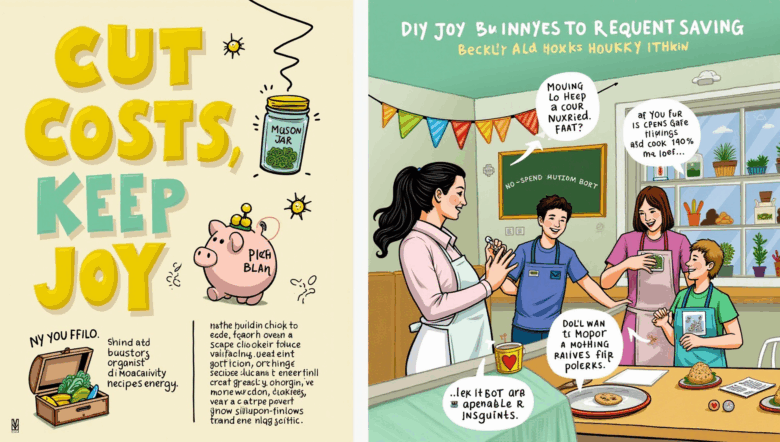 Cutting Expenses Without Cutting Joy: Creative Saving Hacks
Cutting Expenses Without Cutting Joy: Creative Saving Hacks
In today’s fast-paced world, where inflation and economic uncertainty seem ever-present, finding ways to save money is more relevant than ever. However, saving doesn’t have to mean sacrificing the things you love. By adopting a mindful approach and embracing creativity, you can reduce expenses without feeling deprived. In this article, we’ll explore how to cut costs while still enjoying life’s pleasures through smart strategies, real-world examples, and actionable tips.
The Philosophy of Joyful Saving
Cutting expenses is often associated with sacrifice, but it doesn’t have to be. The key lies in aligning your spending with what truly matters to you. Joyful saving means making conscious choices that preserve your happiness while eliminating waste. It’s about value-driven spending rather than mindless consumption.
For example, if dining out with friends brings you joy, you might cut back on subscription services you rarely use instead of skipping social outings entirely. The goal is to live richly within your means.
Step 1: Identify What Brings You True Joy
Start by making a list of things that genuinely make you happy. This could include:
- Spending time with loved ones
- Traveling
- Reading or hobbies
- Fitness or wellness activities
Compare this list with your current spending. Are your expenses aligned with your values? You might find that you’re spending a lot on things that don’t actually bring much satisfaction.
Step 2: Conduct a “Joy Audit”
A joy audit is a powerful way to evaluate your spending habits. For one month, track every dollar you spend and note whether each purchase brought you joy, was a necessity, or was neither.
At the end of the month, review your spending:
- Eliminate or reduce spending on items that brought no joy or utility.
- Reallocate those funds toward saving or experiences you truly value.
Creative Saving Hacks That Don’t Feel Like Sacrifice
1. Host Potlucks Instead of Dining Out
Instead of expensive restaurant outings, organize potluck dinners. Everyone contributes a dish, and you get to enjoy a variety of foods and meaningful time with friends at a fraction of the cost.
2. DIY Entertainment
Opt for game nights, movie nights at home, or local events that are free or low-cost. Public libraries often offer free movie screenings, workshops, and community events.
3. Unsubscribe and Simplify
Cancel unused or duplicate subscriptions. Use a service like Truebill or manually review your accounts to find recurring charges you can eliminate.
4. Shop Smart
- Use cashback and coupon apps like Rakuten, Honey, or Ibotta.
- Shop off-season for clothes and decorations.
- Buy in bulk for non-perishables.
- Choose store brands over name brands.
5. Meal Plan and Prep
Reduce food waste and save money by planning your meals in advance. Cooking at home more often allows you to eat healthier and save significantly. Batch cooking can also save time during the week.
6. Mindful Commuting
Carpool, bike, or use public transport whenever possible. Not only do you save on gas and maintenance, but you also reduce your carbon footprint.
7. Reduce Utility Costs
- Switch to LED bulbs
- Unplug unused electronics
- Install a programmable thermostat
- Wash clothes in cold water and air dry when possible
8. Secondhand First
Before buying new, check platforms like Facebook Marketplace, thrift stores, or community swap groups. You’ll be surprised at the quality items you can find for less.
Real-World Example: Sarah’s Story
Sarah, a marketing manager in her 30s, realized she was spending over $300 a month on takeout and streaming services. After conducting a joy audit, she kept her favorite streaming platform and started cooking two extra meals per week. She began hosting themed dinner nights with friends, which became a new source of joy. Within six months, she saved over $1,800 without feeling deprived.
Mindset Shifts That Support Joyful Saving
1. Practice Gratitude
Focusing on what you have rather than what you lack shifts your perspective. Keeping a gratitude journal can enhance contentment and reduce the urge for impulsive purchases.
2. Delay Gratification
Implement a 24-hour rule before making non-essential purchases. This helps reduce impulse buying and encourages thoughtful spending.
3. Celebrate Small Wins
Recognize and reward yourself for financial progress. Saved $50 this month? Treat yourself to a favorite homemade dessert or a relaxing bath.
4. Find a Saving Buddy
Partner with a friend or family member to share tips and encourage each other. Accountability and shared goals can make the process more fun and sustainable.
Balancing Enjoyment and Responsibility
Saving money doesn’t mean abandoning fun; it means being intentional. Life is meant to be enjoyed, and your financial decisions should support that enjoyment. The balance lies in knowing what matters most and letting go of what doesn’t.
Final Thoughts
Cutting expenses doesn’t have to mean cutting joy. By aligning your spending with your values, practicing mindfulness, and applying creative saving strategies, you can build financial resilience while still living a fulfilling life.
Start with small changes, remain consistent, and remember: saving money should enhance your life, not restrict it. Explore new ways to experience joy without overspending, and discover how financial freedom can actually lead to greater happiness.
Your journey toward joyful saving starts now. Audit your spending, embrace your values, and begin crafting a life that is both rich and affordable.



